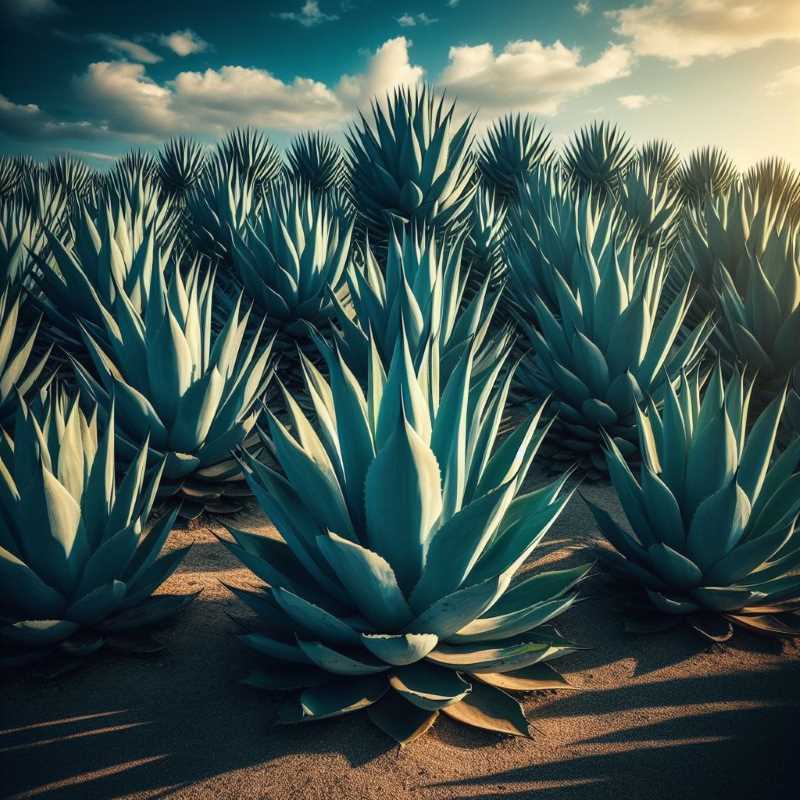How Mexico's Iconic Tequila is Going Green
Tequila: Mexico's iconic drink and cultural symbol! Beyond the party spirit, discover its history, sustainability efforts and fight for authenticity. From agave fields to the nine o'clock blessing, tequila's a toast to tradition with a modern twist.

Tequila, that fiery spirit synonymous with Mexico, is more than just a party drink. It's a cultural icon, a taste of history, and a booming industry. Picture sun-drenched agave fields swaying in the breeze, weathered hands harvesting the heart of the plant, and the rhythmic hum of distilleries turning this earthy elixir into liquid gold. But beneath this idyllic scene lies a complex story, one that intertwines national pride with environmental responsibility.
Mexico wears its tequila crown proudly. The Chamber of Deputies recently declared a National Tequila Day, a celebration not just of the spirit itself, but of its role as a gastronomic ambassador and a major export. It's a big deal – tequila, along with mezcal and beer, brings in serious greenbacks. In fact, 80% of all that delicious agave nectar heads straight for the thirsty shores of the United States, which is why lawmakers are considering aligning Mexico's celebration with America's. Talk about keeping the party going!




